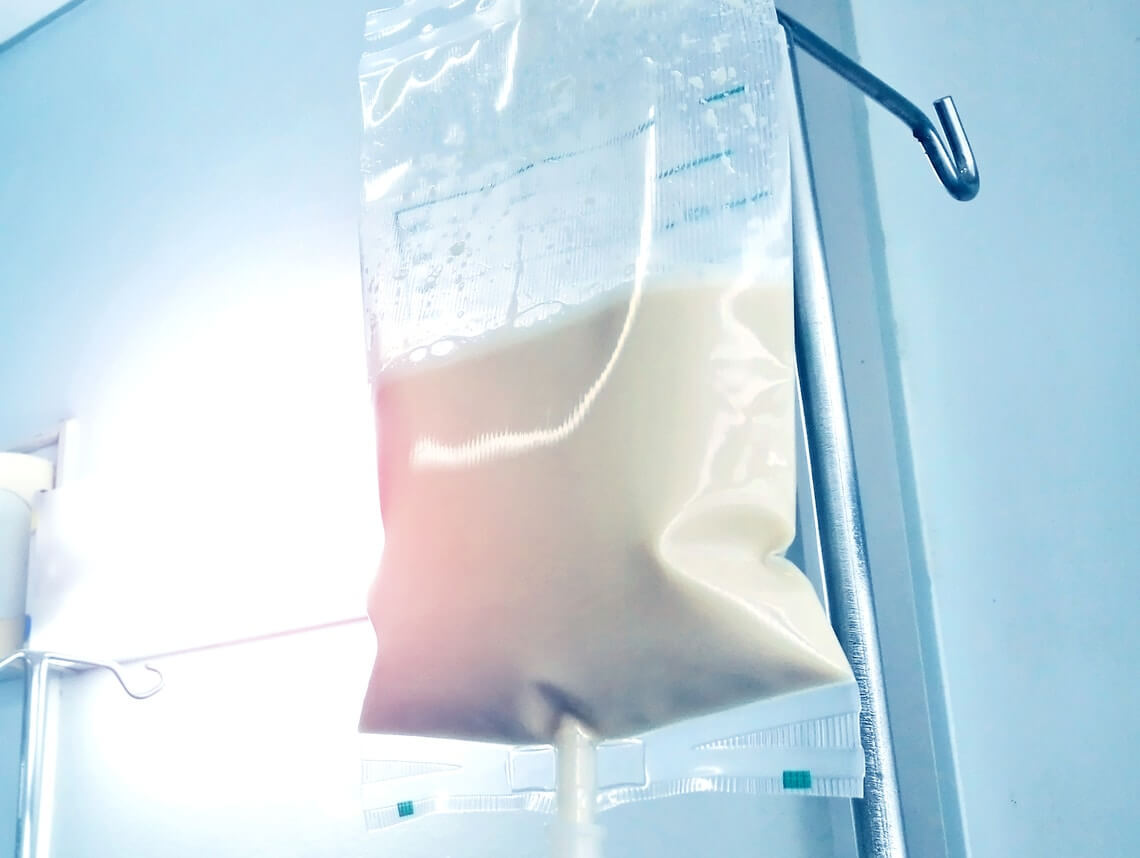Gastronomy tubes (also known as g-tubes) are necessary for both adult and pediatric patients who can’t consume nutrients or hydration on their own due to a health condition. The families of such patients deal with the emotional load that comes with becoming acquainted with new medical terms, getting ready for the g-tube procedure on their loved one, learning how to care for the loved one at home, and possibly worrying about complications. But, what happens when it’s time to remove the g-tube? What can you expect from such a procedure? And which signs do you need to watch out for to prevent complications?
Can g-tubes be removed?
G-tubes can be removed once the doctor determines that a patient is stable and healthy enough to take nutrition and hydration through regular eating and drinking. The child also has to be able to take their medications orally. The pediatrician will monitor this progress for several months before deciding to remove the tube.
How to Get Ready for a G-Tube Removal Procedure
Prior to the procedure, the doctor will give you instructions about how to get ready. These involve the following:
- Requirements about meals the day prior to the procedure
- Taking medications prior to the scheduled appointment
- Avoiding foods and drinks for a specific time frame prior to the procedure
The doctor will also provide instructions on how to care properly for your loved one while the opening (stoma) heals. These requirements include:
- How to change the gauze
- How often to change the gauze
- How often to eat
- Which meals to eat
- Limiting the amount of liquids consumed
- Using food coloring to dye food
- Applying zinc oxide around the opening
- Instructions on bathing and keeping the stoma dry
What to Expect During G-Tube Removal
The doctor will start by administering anesthesia to your loved one. The actual removal procedure only takes a few minutes. If the child has a balloon tube — a type of g-tube that has a balloon on the part that’s inside the stomach to prevent it from being accidentally pulled out — it will have to be fully emptied prior to removal.
When the tube is ready to be removed, the doctor will be able to do so right at their office. Once the tube is pulled out, the doctor will cover it with gauze and instruct you on cleaning and caring for the wound — as well on how long to keep it covered — until the opening closes up on its own. In very rare circumstances, surgery may be necessary to close it.
The opening will begin to heal within hours after the g-tube has been removed. Generally, the process takes several weeks. Once closed, your child will end up with a relatively small scar — approximately the same size as an earring piercing.
Complications from G-Tube Removal
Although rare, as with any procedure, there’s always a risk of complications. Keep monitoring your child for several days after the g-tube removal to ensure they are healing properly. Do keep in mind the most common complications so that you can learn to recognize the signs. These include:
Bleeding
Bleeding after the procedure doesn’t occur often. However, prior to leaving the hospital, talk with your doctors about ways to control it in case it were to occur. Most bleeding after a g-tube removal can be easily contained.
Infection
The best way to prevent an infection is to keep the stoma clean and dry. Also, wash your hands every time you’re going to clean and/or change the gauze. Call your loved one’s doctor immediately if you notice any redness, swelling, pain, warmth around the stoma, and/or fever.
Allergic Reactions
Some people may experience an allergic reaction to the anesthesia used during the procedure. Signs that this is occurring include skin rashes, breathing difficulties, swollen lips, face, and/or tongue, and/or dizziness. If this occurs, seek emergency care immediately.
Contact Sonas for Home Health Care in Florida
It can be hard to balance your time between work, home, and caring for a child. That’s why our team of skilled professionals at Sonas Home Health Care is here to help.
Our home health care services offer support in the comfort of your home. We refer loving and competent nurses to provide customized care for families — from a few hours a day to around-the-clock supervision. Contact us directly to speak with a home health care professional or request a free in-home assessment. Together we can determine the best plan of action to keep your loved ones happy and healthy.
If you or a loved one are considering Pediatric Home Health Care Services in Florida, contact the caring staff at Sonas Home Health Care. Call today at (888) 592-5855.
This blog was reviewed by Jillian Miller BSN, RN — Director of Nursing for Sonas Home Health Care’s Tampa Bay market — for clinical accuracy. Jillian Miller has been a nurse for 16 years — working primarily in pediatrics. She believes the best part of working with the pediatric population is when you see smiles from clients when you first enter the room. She loves seeing the difference you can make in families’ lives while providing the best care possible for them.

